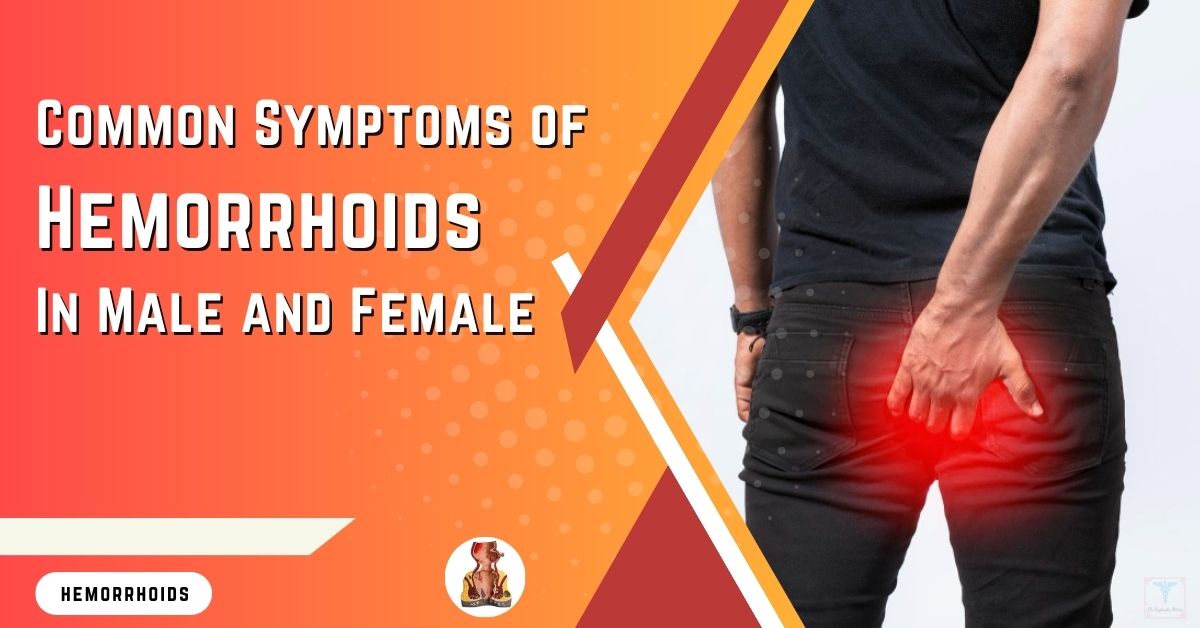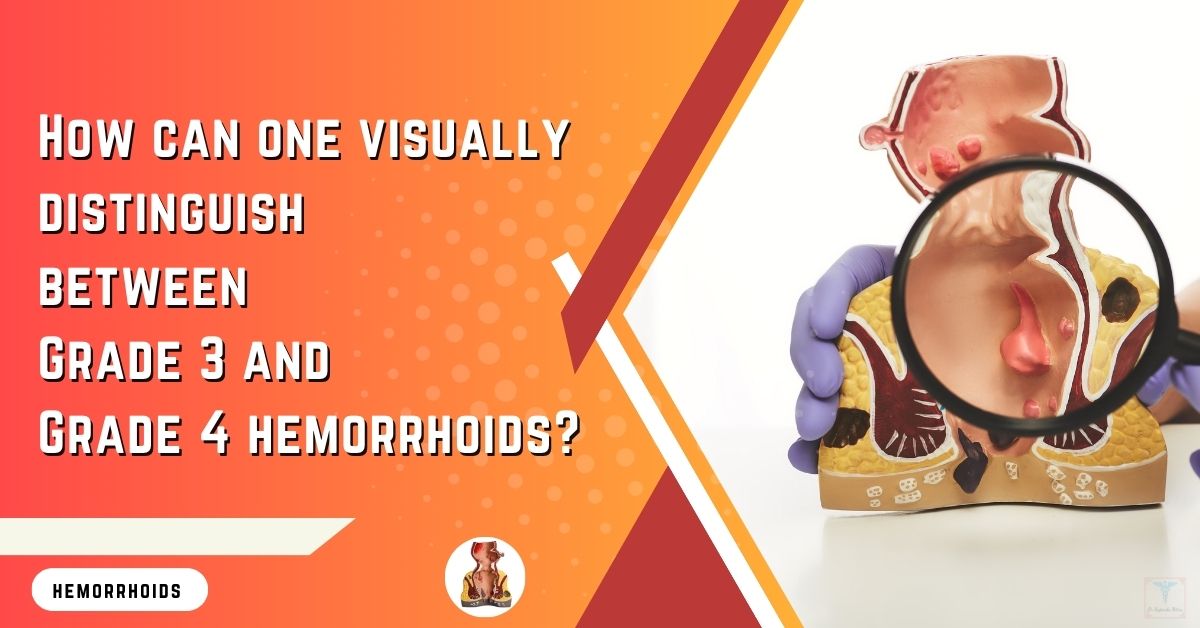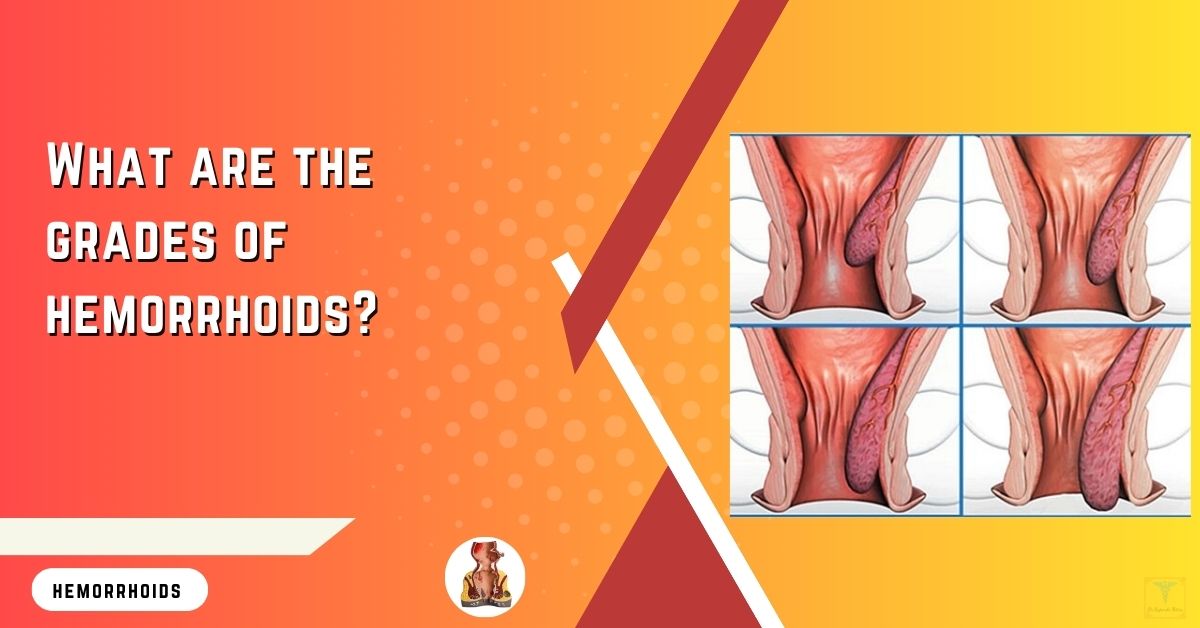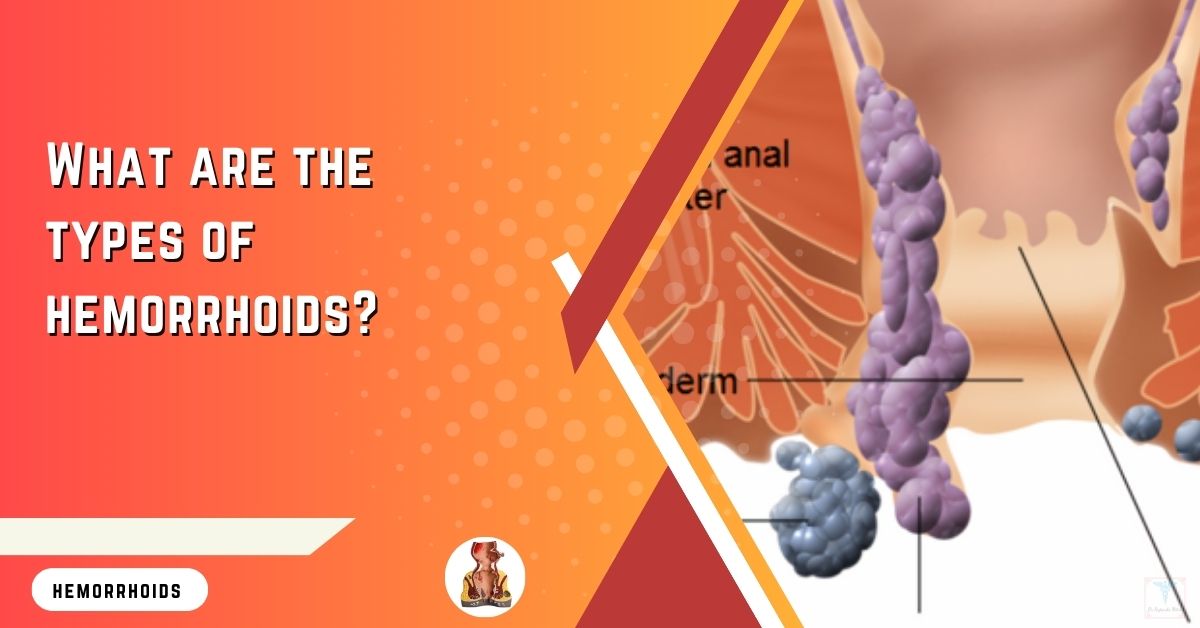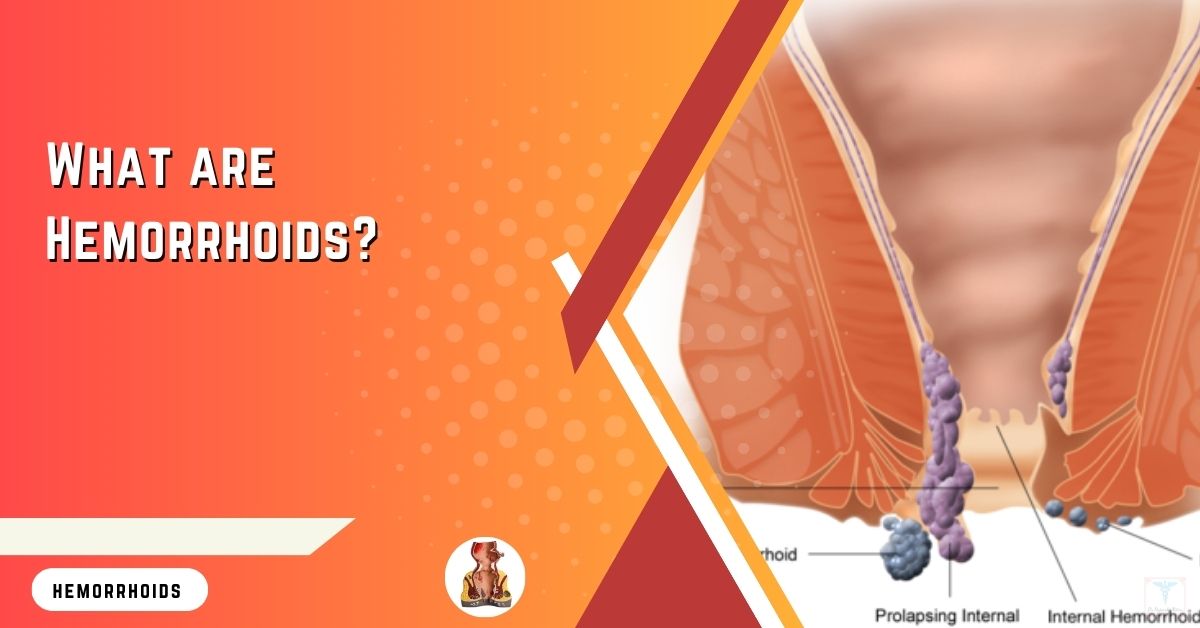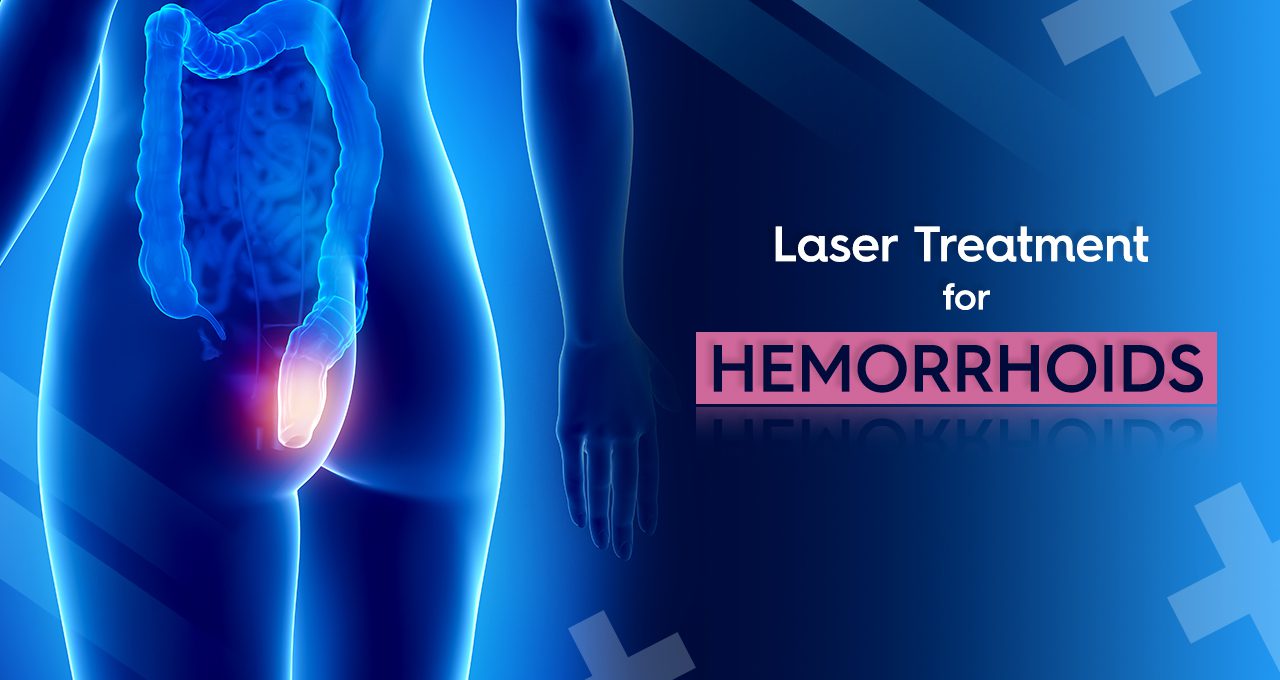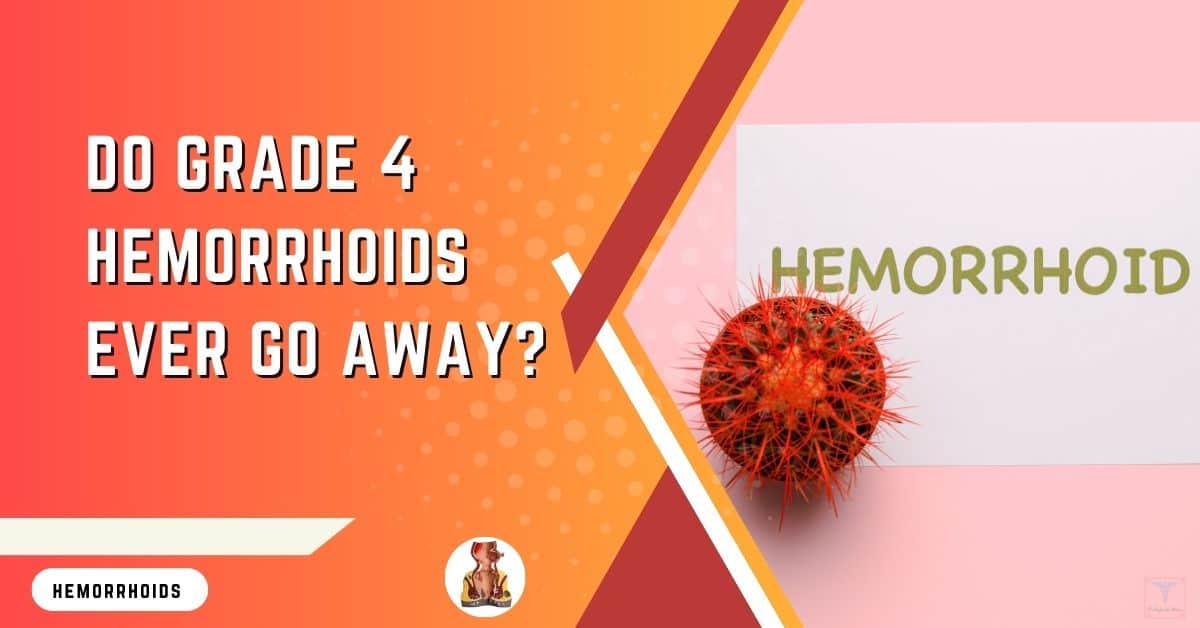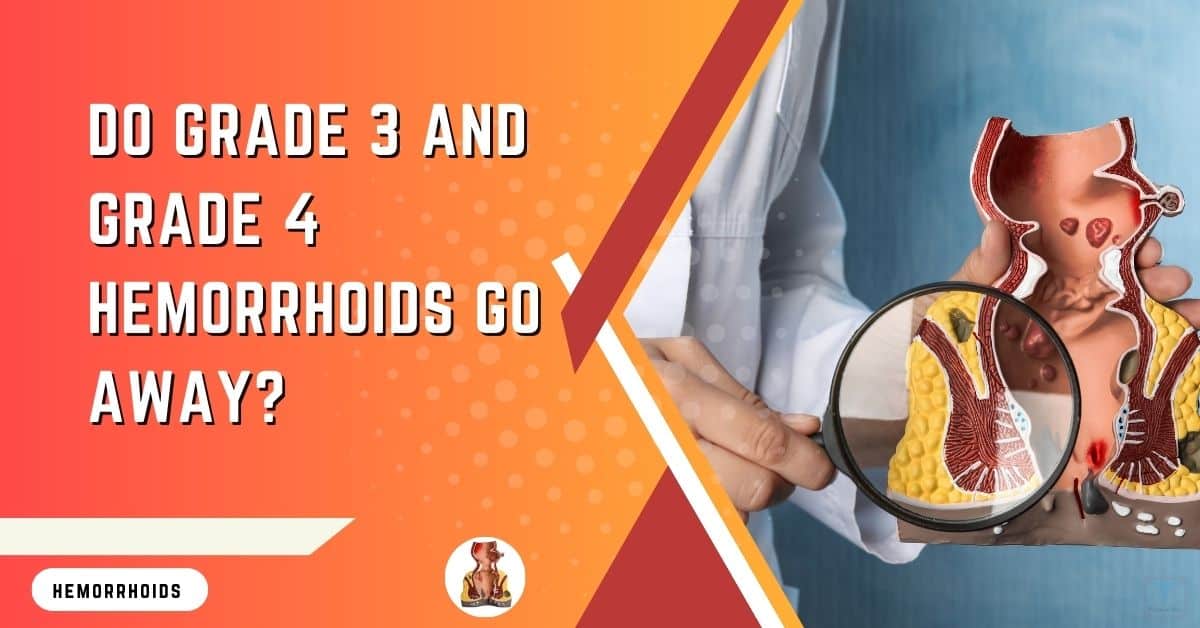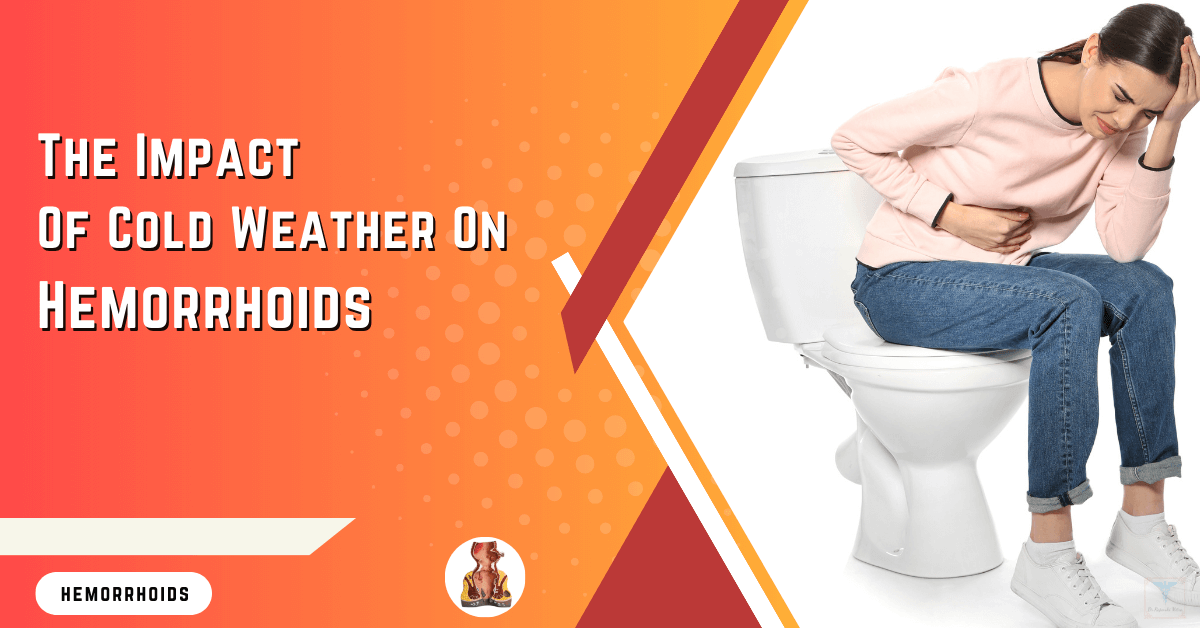While the discomfort of a simple itch can be ignored, the pain and swelling of a thrombosed hemorrhoid demand your attention. You’ve likely encountered this troubling condition if you’re experiencing severe discomfort around your anal area, characterized by symptoms that range from mild irritation to bleeding.
It is crucial to understand what causes these symptoms and how they can evolve from a nuisance to a significant health concern. Various factors, including lifestyle choices and underlying health conditions, contribute to their development.
I will help you discover not only how to identify and ease the symptoms but also strategies to prevent their recurrence, offering a glimpse into a comprehensive approach to managing this delicate issue.
Thrombosed Hemorrhoids: 7 Key Points to Remember
- Thrombosed hemorrhoids involve blood clots in the hemorrhoidal tissue, leading to severe pain, swelling, and discomfort.
- Straining during bowel movements, prolonged sitting, constipation, heavy lifting, and pregnancy increase the risk of developing thrombosed hemorrhoids.
- Common symptoms include severe pain, itching, swelling, lumps around the anus, and sensitivity or tenderness in the anal area.
- Both external and internal thrombosed hemorrhoids can cause significant symptoms, but external ones are more visible while internal ones may cause bleeding.
- Acute external thrombosed hemorrhoids require urgent medical care due to sudden, severe pain and visible lumps signaling underlying issues.
- Thrombosed hemorrhoids usually resolve in 2-3 weeks, but medical or surgical interventions can provide faster relief.
- Lifestyle changes like maintaining bowel habits, hydration, and exercise can prevent thrombosed hemorrhoid recurrence.
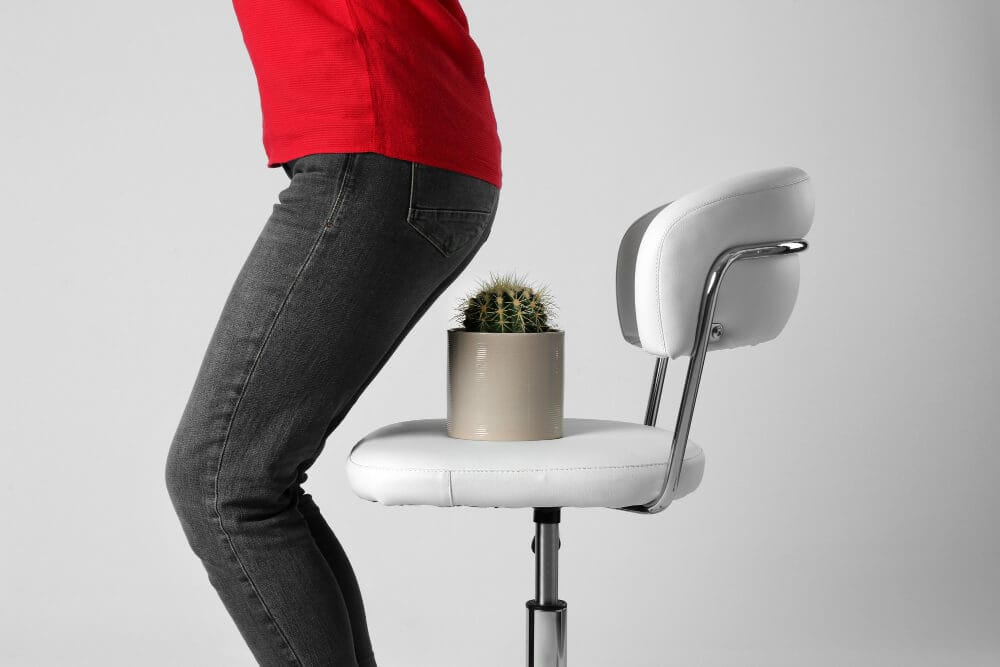
Types of Thrombosed Hemorrhoids: External and Internal
You may wonder about the risks and duration of thrombosed hemorrhoids, whether they resolve on their own, and how to manage sleep with this condition.
It’s crucial to understand that both external and internal thrombosed hemorrhoids while presenting differently, can lead to significant discomfort and potential complications if not addressed properly.
Addressing these concerns, we’ll explore the severity, typical duration, self-resolution possibilities, and sleep management strategies for thrombosed hemorrhoids.
Are Thrombosed Hemorrhoids Dangerous?
While thrombosed hemorrhoids aren’t considered dangerous, they can cause significant discomfort and require proper management. A thrombosed hemorrhoid, whether external or internal, involves a blood clot that can lead to intense pain.
External thrombosed hemorrhoids are noticeable as lumps or swelling around the anus, making daily activities and sitting uncomfortable.
Internal thrombosed hemorrhoids, though less visible, can still cause pain, itching, and bleeding during bowel movements. It’s essential to understand that while they’re not life-threatening, the discomfort they cause isn’t something you have to live with.
Prompt diagnosis and treatment can alleviate the symptoms, allowing you to return to your normal activities without the constant reminder of pain.
Acute External Thrombosed Hemorrhoids: Is It the Most Concerning?
Acute external thrombosed hemorrhoids represent a particularly concerning condition, marked by the sudden appearance of severe pain and a distinct bluish or purplish lump near the anus, signaling the need for immediate medical evaluation. This condition arises when blood clots form within the external hemorrhoids, causing:
- Intense discomfort and swelling due to the pressure on rectal veins.
- The formation of a sensitive, hard mass that’s easily felt.
- Increased risk of complications without timely intervention.
- Urgent need for professional assessment to determine the best course of action.
Understanding these early signs and causes of acute external thrombosed hemorrhoids allows you to seek the necessary medical attention, helping you deal with this painful condition.
Early Signs and Causes of Thrombosed Hemorrhoids
If you’re experiencing sudden, severe anal pain accompanied by a firm lump near your anus, it’s crucial to consider thrombosed hemorrhoids as a potential cause.
These conditions stem from increased pressure on your rectal veins, leading to the formation of blood clots within hemorrhoidal tissue.
Recognizing these early signs and understanding the underlying causes, such as constipation or prolonged sitting, can guide you toward timely and effective treatment options.
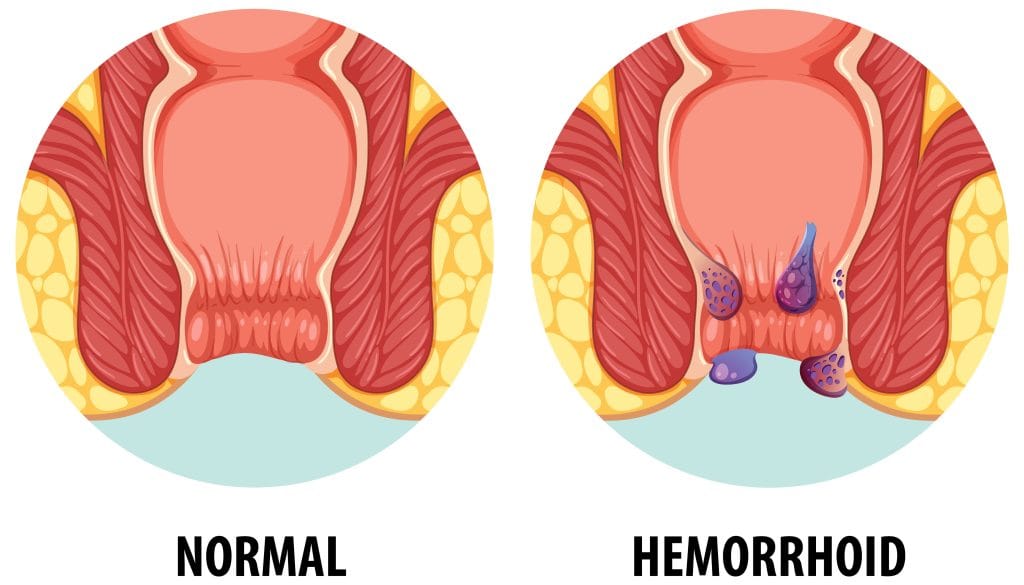
Risk Factors for Thrombosed Hemorrhoids
A thrombosed hemorrhoid is a blood clot that forms in one or more of the blood vessels in the anal canal. The most common causes include straining during bowel movements, prolonged sitting, and constipation. Some of the most common risk factors are:
- AgeAs individuals age, the risk of developing thrombosed hemorrhoids increases due to the weakening of the rectal veins and tissues.
- ConstipationChronic constipation can contribute to the development of thrombosed hemorrhoids by causing strain during bowel movements and increased pressure on the rectal veins.
- Heavy liftingEngaging in heavy lifting activities can lead to increased pressure in the abdominal and rectal areas, which may trigger or exacerbate thrombosed hemorrhoids.
- Prolonged sittingPeople who sit for long periods, such as office workers or truck drivers, are at higher risk of developing thrombosed hemorrhoids due to reduced blood flow in the rectal region.
- ObesityObesity is a significant risk factor for thrombosed hemorrhoids as excess weight puts added pressure on the rectal veins, increasing the likelihood of blood clots forming.
- PregnancyPregnant women are more prone to developing thrombosed hemorrhoids due to hormonal changes, increased pressure on the pelvic area, and constipation commonly experienced during pregnancy.
Persistent or severe symptoms such as excessive bleeding, intense pain, or a visible lump in the anal area warrant immediate medical attention to prevent complications.
Common Symptoms of Thrombosed Hemorrhoids
Nearly everyone dealing with thrombosed hemorrhoids will experience severe pain, particularly when walking, sitting, or during bowel movements. This discomfort is a hallmark symptom, signaling the need for attention and care.
If you’re dealing with this condition, it’s crucial to recognize the common symptoms to manage your situation effectively and seek appropriate treatment. Here are the primary symptoms you might encounter:
- Severe PainBasic daily activities or strain often exacerbate the most immediate and noticeable symptom.
- ItchingA persistent and uncomfortable sensation around the anus, which can lead to further irritation or infection if not managed properly.
- SwellingThe affected area may become visibly swollen, indicating inflammation and the presence of thrombosed hemorrhoids.
- Lump around the AnusA palpable, sometimes tender, mass outside the anal opening, which is a clear sign of thrombosed hemorrhoids.
Understanding these symptoms is vital for anyone seeking a sense of belonging and relief from this condition.
Gender-Specific Impact of Thrombosed Hemorrhoids: Male & Female
Thrombosed hemorrhoids impact men and women differently, with specific risk factors and triggers predominating based on gender. For men, activities like heavy lifting and chronic constipation play significant roles in the development of these painful conditions.
The strain these activities place on the anal and pelvic regions can lead to the swollen blood vessels that characterize thrombosed hemorrhoids. It’s crucial for you, especially if you’re male, to be mindful of these risk factors and consider lifestyle adjustments that mitigate your chances of developing thrombosed hemorrhoids.
On the other hand, women face a unique set of challenges due to the physiological changes during pregnancy and childbirth. The increased pressure in the pelvic area and hormonal fluctuations contribute significantly to the risk of developing thrombosed hemorrhoids.
If you’re pregnant or recently gave birth, it’s essential to be aware of these gender-specific triggers. Understanding and acknowledging the unique risk factors you face can guide you in seeking appropriate preventative measures and treatments, ensuring you’re not caught off-guard by the discomfort and pain associated with thrombosed hemorrhoids.
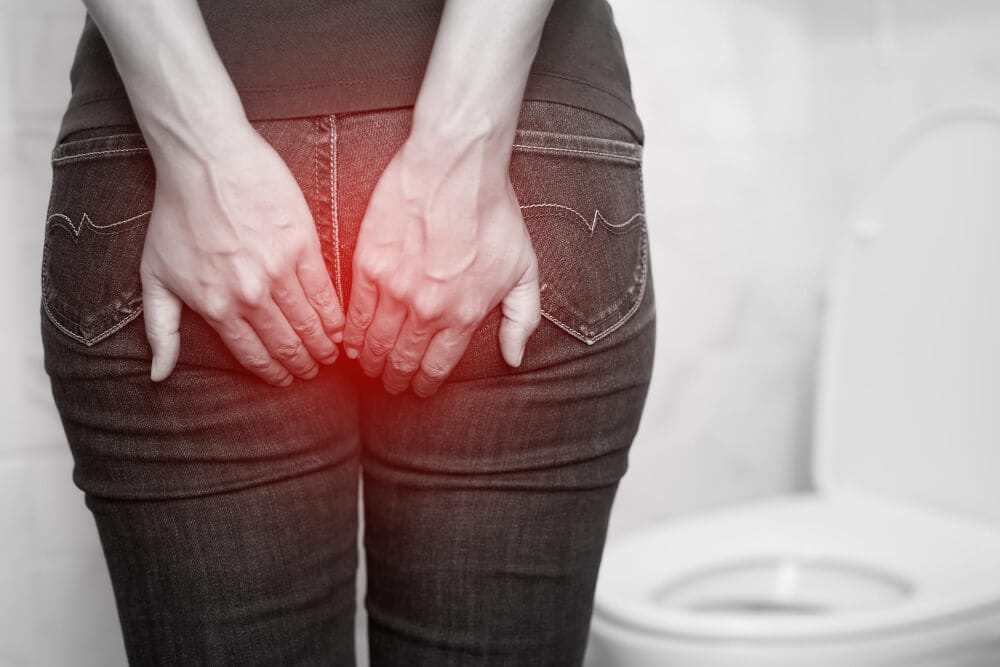
How Long Do Thrombosed Hemorrhoids Last?
Understanding the duration of thrombosed hemorrhoids, which typically last 2-3 weeks without medical intervention, is crucial for managing expectations and treatment plans. Here’s what you need to know:
- Duration of Thrombosed HemorrhoidsBoth external thrombosed hemorrhoids and internal thrombosed hemorrhoids generally resolve within 2-3 weeks.
- External vs. InternalExternal thrombosed hemorrhoids are more common and often visible, while internal ones mightn’t be as noticeable but can cause significant discomfort.
- Healing ProcessThe duration can vary depending on individual factors and the body’s healing process.
It’s essential to seek medical advice if your symptoms persist or worsen, as proper diagnosis and treatment can help speed up recovery.
Diagnosis of Thrombosed Hemorrhoids
Diagnosing thrombosed hemorrhoids involves various procedures. A rectal exam allows the doctor to assess the anal and rectal areas for abnormalities, while an anoscopy provides a detailed view of the anal canal to identify thrombosed hemorrhoids.
For a comprehensive evaluation, a sigmoidoscopy may be recommended to examine the lower colon and rectum.
Effective Treatment Options for Thrombosed Hemorrhoids
When you’re dealing with thrombosed hemorrhoids, understanding your treatment options is crucial.
Medical treatments, including topical ointments and medications, can offer significant relief by reducing inflammation and pain.
For more severe cases, surgical interventions may be necessary to remove the thrombosed hemorrhoid, providing a more immediate resolution to the discomfort.
Medical Treatment for Thrombosed Hemorrhoids
Effective treatment options for thrombosed hemorrhoids focus on pain management and, in severe cases, may require surgical intervention to remove blood clots.
For those of you dealing with this painful condition, it’s important to understand the role of home remedies, topical treatments, and medications in your care plan.
Applying lidocaine ointment can significantly alleviate the discomfort associated with thrombosed hemorrhoids. Additionally, medications like nifedipine work by relaxing the smooth muscles around the anal canal, thus reducing pain, and facilitating healing.
Surgical Treatment for Thrombosed Hemorrhoids
For individuals experiencing severe thrombosed hemorrhoids that haven’t improved with conservative treatments, surgical options offer a targeted approach to alleviate symptoms and prevent recurrence.
Among these, hemorrhoidectomy, the complete removal of hemorrhoidal tissue, stands out as a definitive solution.
Alternatively, rubber band ligation, which involves placing a rubber band around the base of the hemorrhoid to cut off its blood supply, allows the affected tissue to shrink and detach.
For a less invasive option, as an office procedure, simple lancing to just remove the clotted blood may help relieve the immediate pain, but a definitive surgery is required for a permanent cure.
These surgical interventions are pivotal in managing severe cases, providing effective relief from the discomfort, swelling, and pain associated with thrombosed hemorrhoids.
What Happens If You Don’t Treat a Thrombosed Hemorrhoid?
If left untreated, a thrombosed hemorrhoid can cause persistent pain, increased swelling, and potential complications such as the development of an abscess or infection.
Ignoring thrombosed hemorrhoids can lead to chronic discomfort and may require more extensive treatment in the long run.
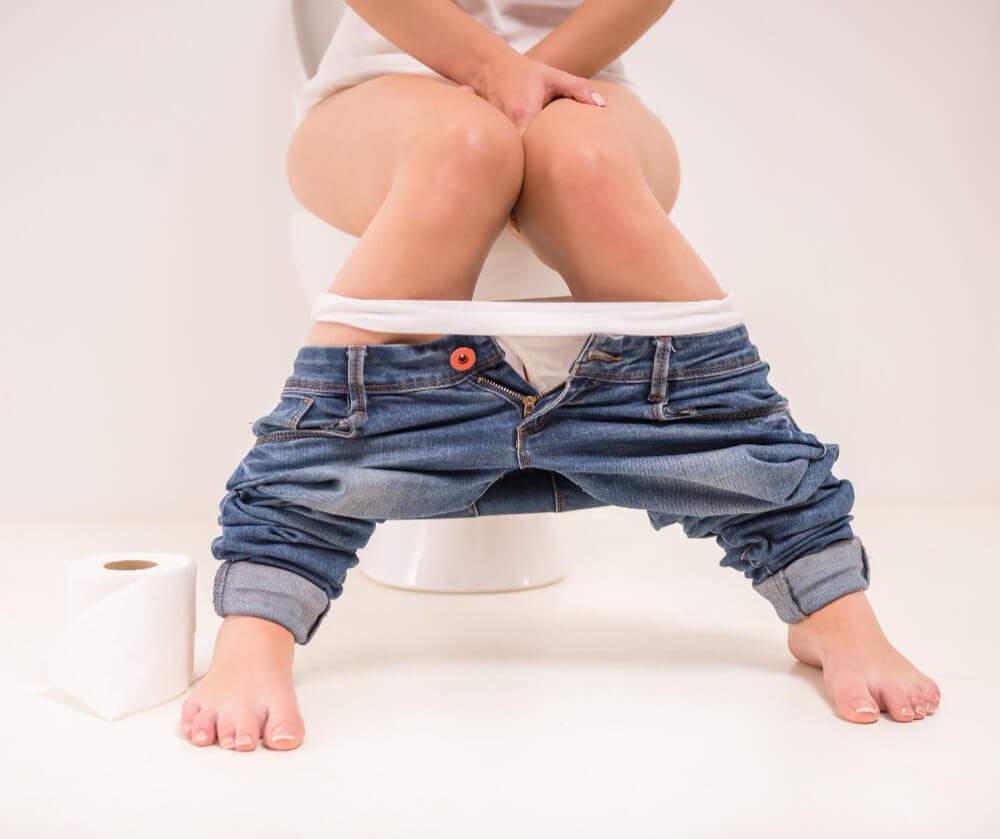
Do Thrombosed Hemorrhoids Go Away?
After exploring how long thrombosed hemorrhoids typically last, it’s crucial to address whether these conditions, including both external and internal types, naturally resolve over time. Thrombosed hemorrhoids, known for causing significant pain and discomfort, can indeed improve on their own, especially with diligent home treatments.
External thrombosed hemorrhoids may diminish within 2-3 weeks, while internal thrombosed hemorrhoids also respond positively to measures such as sitz baths and dietary adjustments. However, severe cases might require surgery to remove the blood clots for relief.
It’s essential to seek prompt medical attention if you’re experiencing symptoms that don’t improve with self-care, ensuring you’re part of a community that understands and addresses the challenges of living with thrombosed hemorrhoids effectively.
Prevention, Management, and Long-Term Care
Thrombosed hemorrhoids can be prevented and managed effectively with the right strategies and lifestyle changes. Implementing preventive measures and knowing how to handle recurrences are key aspects of long-term care.
- Preventive StrategiesPreventing thrombosed hemorrhoids involves maintaining good bowel habits, staying hydrated, and avoiding straining during bowel movements. Consuming a high-fiber diet, exercising regularly, and taking breaks from prolonged sitting can also help reduce the risk of developing hemorrhoids.
- Managing RecurrenceIf thrombosed hemorrhoids recur, it is essential to identify triggers and address them promptly. Consulting with a healthcare provider for personalized advice on prevention techniques and treatment options can help in effectively managing recurrent episodes.
- Lifestyle Changes for PreventionIncorporating lifestyle changes such as staying active, maintaining a healthy weight, and practicing proper hygiene can play a significant role in preventing thrombosed hemorrhoids.
Avoiding activities that strain the rectal area and prioritizing self-care practices can contribute to long-term prevention.
How To Sleep with Thrombosed Hemorrhoids?
Finding a comfortable sleeping position can significantly alleviate the discomfort associated with both external and internal thrombosed hemorrhoids. To enhance your comfort and achieve pain relief during the night, consider these strategies:
- Use a Donut-Shaped CushionPlacing a donut-shaped cushion or a soft pillow under your hips can help distribute your weight more evenly, reducing pressure on the affected area.
- Adopt a Side Sleeping PositionAvoid lying on your back or stomach. Side sleeping can minimize direct pressure on the hemorrhoids, lessening discomfort.
- Elevate Your LegsSlightly raising your legs with a pillow can improve circulation and decrease swelling, offering relief from pain.
- Apply Topical Anesthetics or Ice PacksBefore bed, using a topical anesthetic or applying ice packs can numb the area, providing temporary pain relief and aiding in a more restful sleep.
If, even after adopting these four strategies, you are still unable to sleep properly, it is better to seek medical advice.
Final Note from Dr. Rajarshi Mitra
If you’re struggling with thrombosed hemorrhoids, it’s crucial to recognize the symptoms early and seek appropriate treatment.
Whether they’re external or internal, these painful conditions can affect both men and women, albeit differently. By understanding the causes and embracing healthier lifestyle choices, you can mitigate your risks.
Don’t hesitate to consult a healthcare professional for a tailored approach to relief. Remember, early intervention and proactive prevention are your best strategies against the discomfort and complications of thrombosed hemorrhoids.
FAQs
How do I know if my hemorrhoid is thrombosed?
A thrombosed hemorrhoid is typically characterized by sudden onset of severe pain, swelling, and a hard lump near the anus. If you experience these symptoms, it is crucial to seek medical evaluation for an accurate diagnosis.
What do thrombosed hemorrhoids look like?
Thrombosed hemorrhoids appear as swollen, inflamed lumps near the anal opening and may feel tender to the touch. The area around the hemorrhoid may also show signs of redness and increased sensitivity.
What makes a thrombosed hemorrhoid worse?
Factors such as straining during bowel movements, prolonged sitting, and inadequate dietary fiber intake can exacerbate thrombosed hemorrhoids and contribute to increased pain and discomfort. Avoiding these triggers is essential for symptom management.
What is the difference between a thrombosed hemorrhoid and a regular hemorrhoid?
While both thrombosed and regular hemorrhoids involve swollen blood vessels in the rectal area, thrombosed hemorrhoids are characterized by the presence of a blood clot, leading to severe pain and swelling. Seeking medical evaluation can help differentiate between the two conditions.
What is the fastest way to get rid of a thrombosed hemorrhoid?
The most effective way to address a thrombosed hemorrhoid quickly is through medical intervention, such as surgical excision of the blood clot. However, for milder cases, conservative treatments like sitz baths, topical creams, and lifestyle modifications may also help alleviate symptoms.
Is surgery the only way to fix a thrombosed hemorrhoid?
No, surgery isn’t the only way to fix a thrombosed hemorrhoid. You’ve got options like sitz baths, dietary adjustments, and topical treatments. If those don’t work, then seeking professional advice is your next step.
Dr. Rajarshi Mitra is a patient-centered, highly-rated Specialist Laparoscopic Surgeon & Proctologist in Abu Dhabi, offering Advanced Laparoscopic Surgery, Minimally Invasive Proctology & Lasers in Proctology. He is MBBS; MS (Surgery); FIAGES; FICS (USA); Dip. Lap (France); and Dip. Hernia (APHS) with 18 years of extensive experience in Laparoscopic Surgery, Minimally Invasive Proctology and Fellowship training in Colorectal and Bariatric Surgery.



